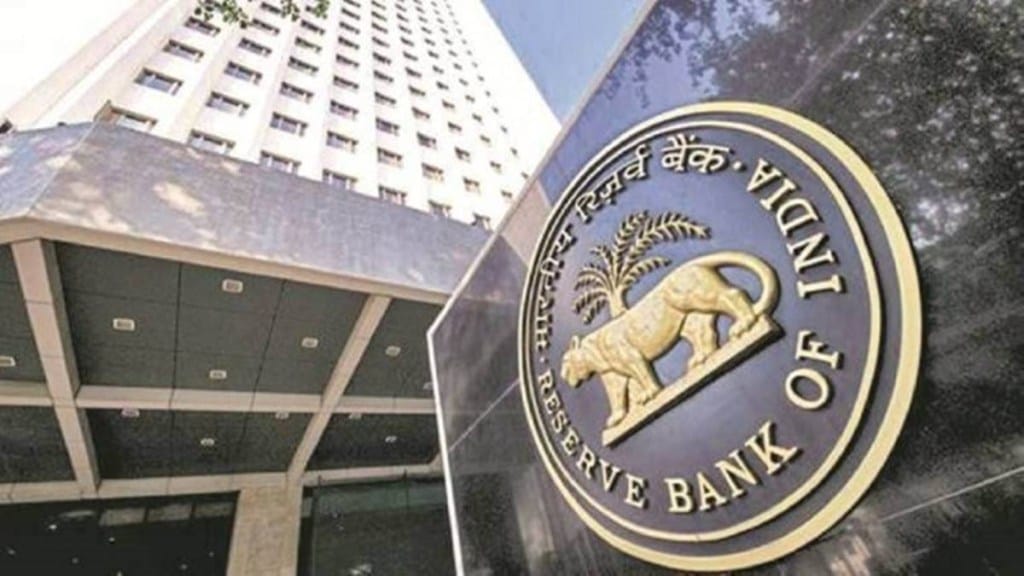The assessment by the Reserve Bank of India (RBI) that India’s natural rate of interest rose from around 1% in FY22 to 1.4-1.9% by FY24-end indicates that the economy can now operate at a higher growth level without generating high inflation.
Economists said this implied that India’s growth potential has increased significantly in the aftermath of the Covid-19 pandemic, fuelled predominantly by investments. A corollary of this is that the room to cut the policy repo rate, currently at 6.5%, in the near-term is limited, they added.
However, RBI Governor Shaktikanta Das, at the FE BFSI Summit said on Friday that the natural rate of interest is a “theoretical/abstract” concept, which can’t determine monetary policy in the real world.
In a paper included in its June Bulletin, RBI staff mentioned that the country’s natural rate of interest–a rate at which an economy can operate at full capacity without generating inflationary pressures– stood at 1.4-1.9% for Q4FY24, much higher than 0.8-1% for Q3FY22. The paper mentioned that by updating the estimates of natural rate of interest for India with post-pandemic data, we find an “upward shift driven by growth of potential output.”
Abhishek Upadhyay, senior economist, ICICI Securities Primary Dealership (I-SEC PD) said that the rise in the estimate of natural rate mainly reflects higher assumption of potential growth that is now estimated close to 7%, versus sub-6% estimate in October-December 2021.
“It essentially implies that fears of scarring of growth during Covid-19 have not (come out to be true)… a pick-up in investment rate that could be sustained, implies higher potential growth and output,” said Upadhyay.
This can also be corroborated by the fact that India’s economy has growth at a rate of 8.3% in the past three financial years (FY22, FY23 & FY24), which is way higher than the 7.2% growth recorded during the pre-pandemic period (FY17, FY18, & FY19).
Analysts say, higher spending on capex by the government has allowed India’s economy to grow at a faster pace, without creating any supply-side bottlenecks. “If the manufacturing output increases, there’s a requisite infrastructure at place to accommodate it, or export it (if needed),” said Sunil Kumar Sinha, principal economist, India Ratings and Research (Ind-Ra).
Sinha pointed out the natural rate of interest also depicts a balance between the savings and investments. “Gross financial savings of households have picked up after Covid-19, but they are still under pressure…if the savings fall further, the natural rate of interest will rise even more, simply because the government will borrow more to fund capex,” he said.
In the last three-years, investments have played a significant role in pushing the country’s growth. The share of gross-fixed capital formation (GFCF) in the GDP has averaged 33.4% as against 31.4% in the past three pre-pandemic years (mentioned above). In FY24, specifically, the 8.2% growth was an investment-led growth, and not a consumption one. The GFCF had grown 9% in FY24, while the private final consumption expenditure (PFCE) had grown merely 4%.
From the monetary policy perspective, economists say the higher natural rate of interest limits the scope of a rate cut in the near-term. Currently, the real interest rate is around 1.5% (and the natural rate’s upper band is 1.9%). In fact, the RBI’s estimate of the natural rate is higher than the estimates made by external members of the Monetary Policy Committee, who are arguing for rate cuts.
IDFC FIRST Bank Chief Economist Gaura Sen Gupta noted that the estimate (by RBI staff) of natural real rate is wide – the lower end of the estimate (1.4%) indicates space to cut policy rates by 50pbs, and the higher end (1.9%) implies no room to reduce them. Sen Gupta expects the rate cut cycle to begin from October or the December meetings.
I-SEC PD’s Upadhyay said that RBI’s analysis confirms that even if monetary policy stance were to shift from a restrictive setting to neutral, scope for policy easing will still be quite limited. “We retain the view of no rate cuts in the current calendar year and assume two rate cuts in H1CY25.”

